Latex paint, commonly used for its ease of application and durability, is a staple in many home improvement projects. However, an often asked question among DIY enthusiasts and professionals alike is: Can you sand latex paint? This query stems from a need to understand the flexibility and versatility of latex paint, particularly in situations where a smooth finish or reapplication is desired. In the following sections, we will delve into this topic, discussing the feasibility, technique, and precautions associated with sanding latex paint.
How Do You Smooth Out Latex Paint?
Smoothing out latex paint can be achieved effectively with a process known as ‘Wet Sanding’. This involves using a wet-dry sandpaper to gently sand the painted surface while it’s moist, reducing the friction and dust typically associated with the sanding process.
To start, ensure the painted surface is completely dry before wet sanding. If it’s a new paint job, wait at least 24 hours to ensure the paint has thoroughly cured.
Next, dip a fine-grit (around 220-320 grit) wet-dry sandpaper into a bucket of warm water. The water should soften the sandpaper, making it flexible and less abrasive. Gently sand the painted surface in a circular motion, being careful not to apply too much pressure or you risk removing the paint.
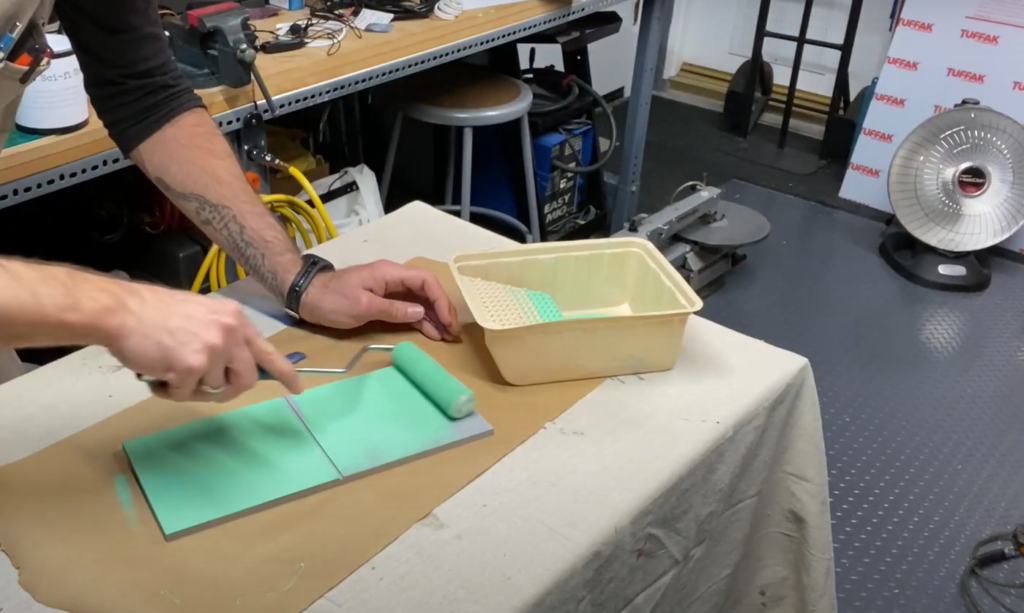
When you observe a slurry of paint and water, wipe it away using a damp cloth. Proceed with a fresh piece of wet sandpaper if needed. Once the entire surface has been sanded, rinse with clean water and allow it to dry.
How Long Should Latex Paint Dry Before Sanding?
The drying time for latex paint before sanding greatly depends on factors such as the thickness of the paint layer, humidity, and temperature. However, in general, it is recommended to let latex paint dry for at least 24 hours before sanding. Giving the paint adequate time to cure will result in a more even, smooth finish when sanded. It’s important to remember that while the paint may feel dry to touch within a few hours, it might not have hardened completely, which is crucial for a successful sanding process.
Always refer to the instructions on the paint can for the manufacturer’s specific drying times. [1]Is Sanding Latex Paint Dangerous?
While sanding latex paint is not inherently dangerous, it can pose certain health risks if not performed correctly. Sanding produces fine dust particles that can be easily inhaled, potentially leading to respiratory problems.
Therefore, it is essential to take precautions while sanding latex paint. Always work in a well-ventilated area and wear appropriate protective equipment, including a mask or respirator to prevent inhalation of dust, and goggles to protect your eyes. If you experience any discomfort or symptoms such as coughing, shortness of breath, or eye irritation during or after the sanding process, seek medical attention promptly.How Do You Get a Smooth Finish With Latex Paint On Wood?
Achieving a smooth finish with latex paint on wood involves a step-by-step process.
- Start by sanding the wood surface with a medium-grit sandpaper to smooth out any rough spots or old paint. Wipe away the dust with a damp cloth.
- Next, apply a good quality latex primer. This will ensure the paint adheres better to the wood and increases the longevity of the paint job. Allow the primer to dry as per manufacturer’s instructions.
- Once the primer is completely dry, lightly sand the surface once more with a higher grit sandpaper. This will help achieve a super smooth finish. Wipe away any dust.
- Now, apply the first coat of latex paint using a high-quality brush or roller, ensuring you follow the grain of the wood. Allow it to dry fully.
- For an ultra-smooth finish, you can lightly sand between paint coats with a fine-grit sandpaper. Be sure to clean off the dust before applying the next coat.
- Apply a second coat of latex paint. Two coats are usually sufficient for a smooth, durable finish, but you can add more coats if you desire a richer color or finish. [2]
Should You Sand Between Coats of Latex Paint?
Yes, sanding between coats of latex paint is a recommended practice for achieving a smooth, professional finish.
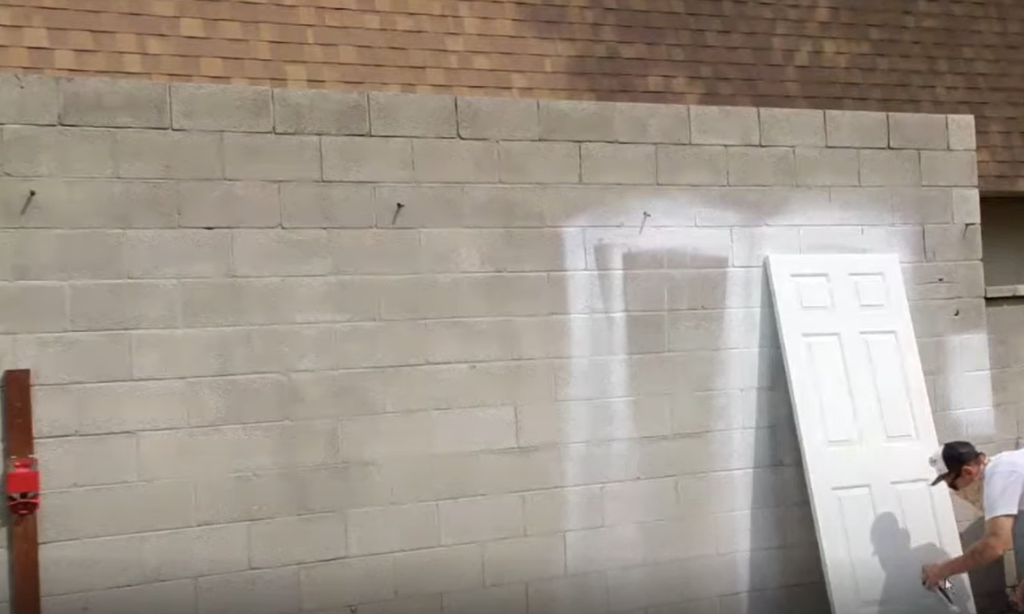
This process, known as ‘intercoat sanding,’ helps to level out any brush strokes or paint drips from the previous coat and promotes better adhesion of the subsequent layer. After applying the first coat of paint, wait for it to dry completely. Then lightly sand the surface with a fine-grit sandpaper. Be careful not to sand too hard, as this could remove the paint. Wipe away the dust with a damp cloth before applying the next coat. This step may be repeated between each coat if multiple coats are being applied. Although this process may appear time-consuming, it is an essential step towards achieving a paint job of exceptional quality.
What Happens If You Recoat Latex Paint Too Soon?
If latex paint is recoated too soon, before it has had a chance to fully dry, it could result in several problems that affect the quality and appearance of the finish. One common issue is “lifting” where the underlying coat gets softened and disturbed, creating an irregular surface. You may also see “block resistance” issues with the paint sticking to itself or other objects touching it. Additionally, recoating too soon can cause the paint to take longer to cure overall, as the moisture trapped between the coats needs to evaporate. To ensure a seamless and long-lasting finish, it is crucial to let each coat of latex paint fully dry before proceeding with the next one. This will help prevent any issues that may arise and guarantee the best possible results. Always follow the manufacturer’s recommended drying times to ensure the best outcome for your painting project. [3]
How Do You Fix a Latex Paint Leak?
Fixing a latex paint leak can be a relatively straightforward process depending on the severity of the leak. Here are the steps you should follow:
- Identify the Source of the Leak
- Contain the Leak
- Transfer the Paint
- Seal the Can Properly
- Clean up the Spilled Paint
- Repaint if Necessary
Remember, always use gloves and protective eyewear when handling paint to protect your skin and eyes from possible irritation.
What Happens If You Don’t Sand Before Painting?
If you don’t sand before painting, you may encounter several issues that can affect the final result of your painting project. Firstly, without sanding, the surface may not be smooth, leading to an uneven paint application and finish. This means that brush strokes, drips, and imperfections in the surface can become more visible once painted.
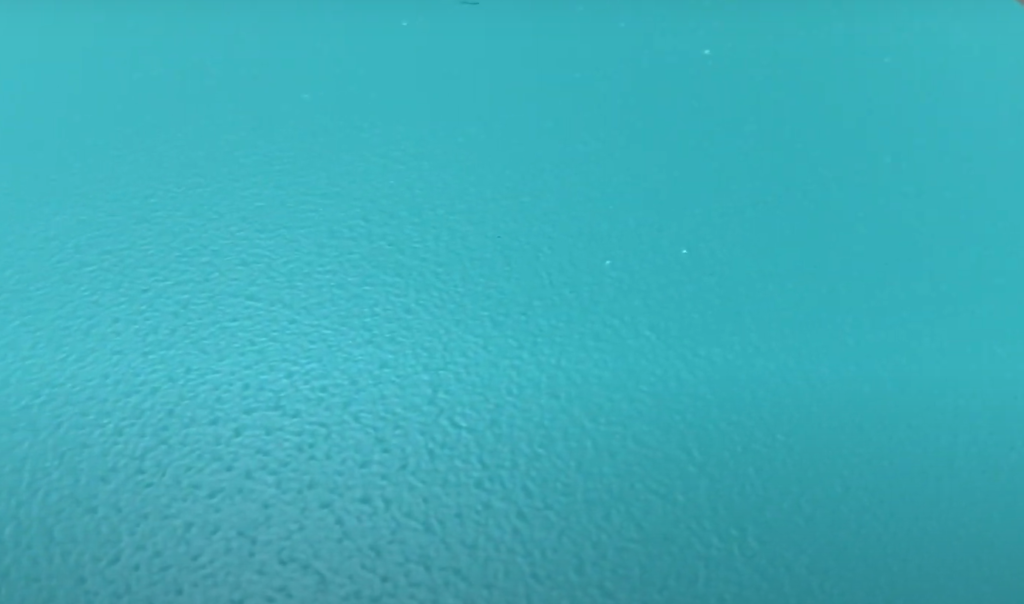
Additionally, there is a possibility of inadequate adhesion of the paint to the surface. Sanding provides a “tooth” for the paint to grip onto, improving adhesion and reducing the likelihood of the paint peeling or chipping off over time. Lastly, without sanding, the lifespan of the paint job may be reduced, resulting in the need for more frequent repainting. [4]
Do You Need To Wash Walls After Sanding Before Painting?
Yes, it is highly recommended to wash walls after sanding and before painting. This step is of utmost importance as it eliminates any dust and debris left behind from the sanding process that might hinder the paint’s ability to properly adhere to the wall. Neglecting to wash can result in a less polished outcome and may potentially reduce the lifespan of the paintwork. To clean the wall, use a damp cloth or a solution of mild detergent. Make sure to let the wall dry completely before continuing with the painting process. To prevent potential damage, it is advisable to refrain from using an excessive amount of water that could seep into the wall. For optimal paint application, it is crucial to ensure that your surface is clean, smooth, and free of dust. This preparation sets the stage for achieving the best possible results.
What Sandpaper Should I Use Between Coats of Paint?
When sanding between coats of latex paint, it is generally advisable to utilize fine or ultrafine sandpaper for optimal results. The 220-grit sandpaper is widely favored for this particular task due to its effectiveness and versatility. It’s coarse enough to smooth the surface and remove imperfections, yet fine enough to avoid noticeable scratches or paint damage.
Remember, sanding between coats isn’t about removing paint, but creating a smooth surface for the next coat.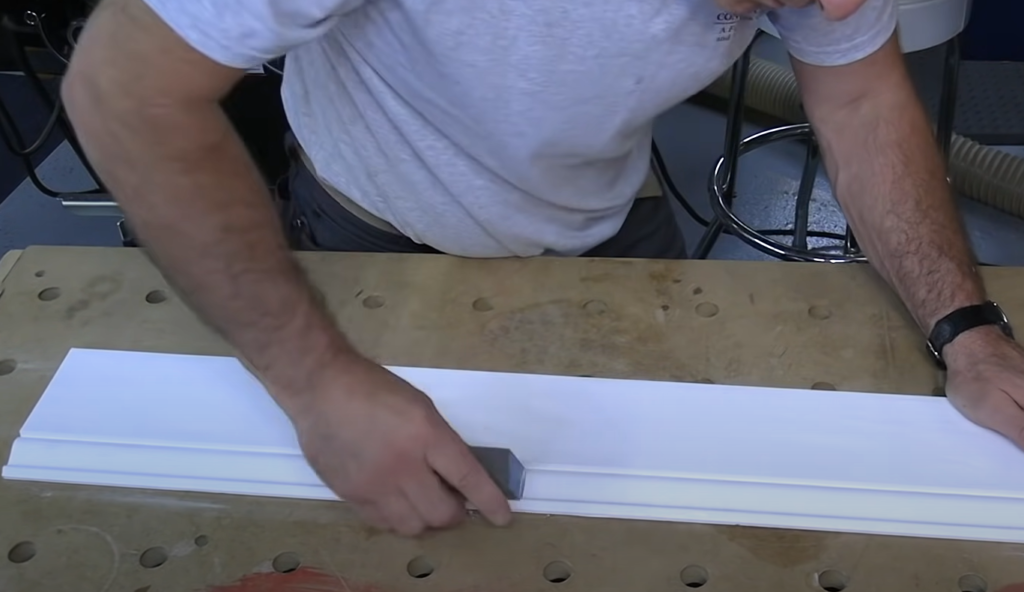
Lightly sanding with fine-grit sandpaper is usually enough. Always wipe off sanding dust before applying the next coat for a clean and smooth finish. [5]
FAQ
What’s the best way to sand latex paint?
For the optimal sanding of latex paint, it is recommended to begin with a gentle approach. Utilize fine or ultrafine sandpaper such as 220- or 320-grit for the best results. Ensure that the paint is fully dry before commencing. Gently sand the surface in a circular motion, ensuring even coverage across all areas. To prevent paint damage, it’s important to avoid exerting excessive pressure. Once you’ve finished sanding, gently wipe away the dust using a tack cloth or a damp cloth. This will guarantee that your surface is pristine and perfectly smooth, primed for the application of the next layer of paint. Remember to wear a dust mask and safety goggles while sanding to protect against dust inhalation and eye injuries.
How long before you can sand latex paint?
Latex paint usually dries to the touch within 24 hours. However, to ensure it’s fully cured and dry before sanding, it’s generally recommended to wait at least 48 to 72 hours. Factors such as humidity, temperature, and the thickness of the paint application can influence the drying time, so it’s always a good idea to err on the side of caution. Ensure that the paint has fully dried before sanding. It should no longer feel sticky and should not leave any impressions when lightly pressed. Remember, rushing the process may lead to unnecessary damage to the paint and the surface beneath, requiring additional steps to fix. Patience is key to achieving a smooth, professional-looking finish.
Can you sand and polish latex paint?
Yes, you can sand and polish latex paint, although it’s not a common practice and requires a careful process. After the final coat of latex paint has fully cured, you can lightly sand the surface with a very fine grit sandpaper (like 400-grit) to remove any minor imperfections and create a smooth surface. Remember to wipe off the sanding dust thoroughly.
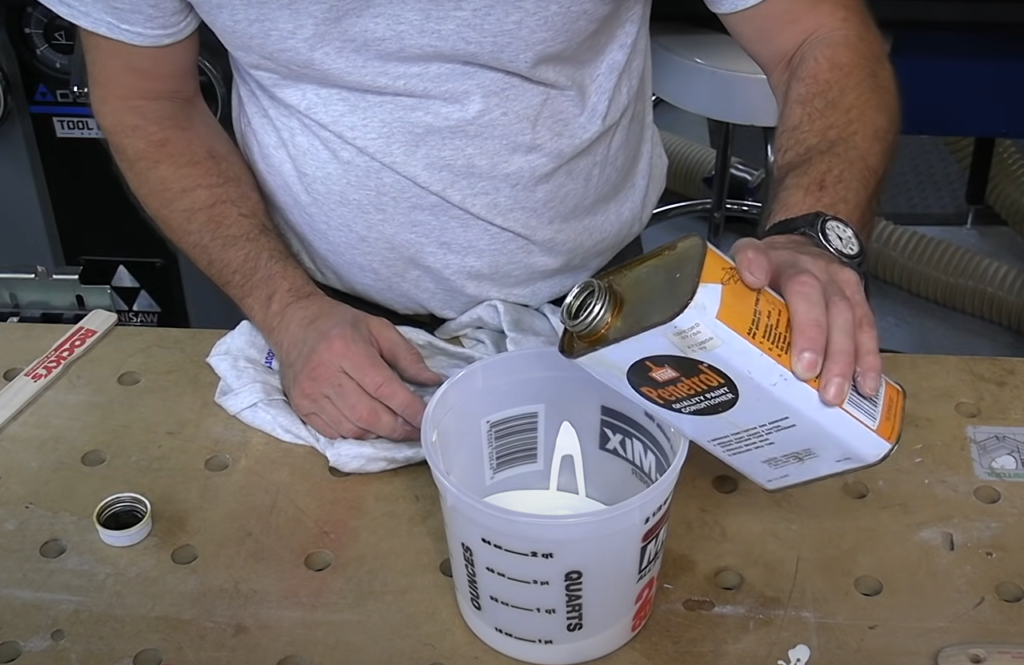
Then, using a high-quality polishing compound, you can buff the surface to achieve a glossy shine. Be sure to follow the instructions on the polishing compound package and use a soft, clean cloth for buffing. As with all painting tasks, it’s essential to ensure proper ventilation and wear protective gear to ensure your safety.
Will paint thinner remove latex?
Yes, paint thinner can remove latex paint. Paint thinners are solvents that can break down paint and remove it from a variety of surfaces. However, it’s crucial to test the paint thinner in a small, unnoticeable area first to ensure it does not damage the underlying material. Always remember to use paint thinners in well-ventilated areas and follow the safety instructions provided by the manufacturer. Also, you should dispose of any rags or materials soaked with paint thinner properly to prevent fire risks.
How do you fix paint that is not smooth?
To fix paint that is not smooth, start by sanding the uneven surface with a fine-grit sandpaper. Ensure you don’t apply too much pressure to avoid removing too much paint or damaging the surface. Dust off the loose particles and wipe down the area with a damp cloth to remove any remaining dust. Once the surface is clean and dry, apply a primer to help the paint adhere better and provide a smooth base. After the primer is fully dry, apply a new coat of paint, using a high-quality brush or roller. Aim for thin, even layers, allowing each coat to dry fully before applying the next. If the surface is still not smooth after painting, repeat the sanding and painting process until you achieve the desired smoothness.
What makes latex paint shiny?
The shininess of latex paint, also known as its gloss level, is determined by its ratio of binders to pigments. The more binders a paint has in relation to pigments, the shinier it will be. Binders are the ingredients in the paint that help it adhere to surfaces and give it durability, while pigments provide the color. High-gloss paints have a high concentration of binders, which makes them more reflective and gives them a shiny, almost mirror-like finish. Conversely, flat or matte paints have a higher concentration of pigments and fewer binders, resulting in a non-reflective, less shiny finish. If you desire a shinier finish, opt for high-gloss latex paint. Always remember, the higher the gloss, the more durable the paint, but it’s also more likely to show imperfections on the painted surface.
Does water lighten latex paint?
Yes, water can lighten latex paint to an extent. Since latex paint is water-based, it is compatible with water, and thus, adding water can thin the paint, which may result in a lighter color intensity on the application surface. However, it’s important to note that adding too much water can compromise the paint’s adhesion and durability properties.
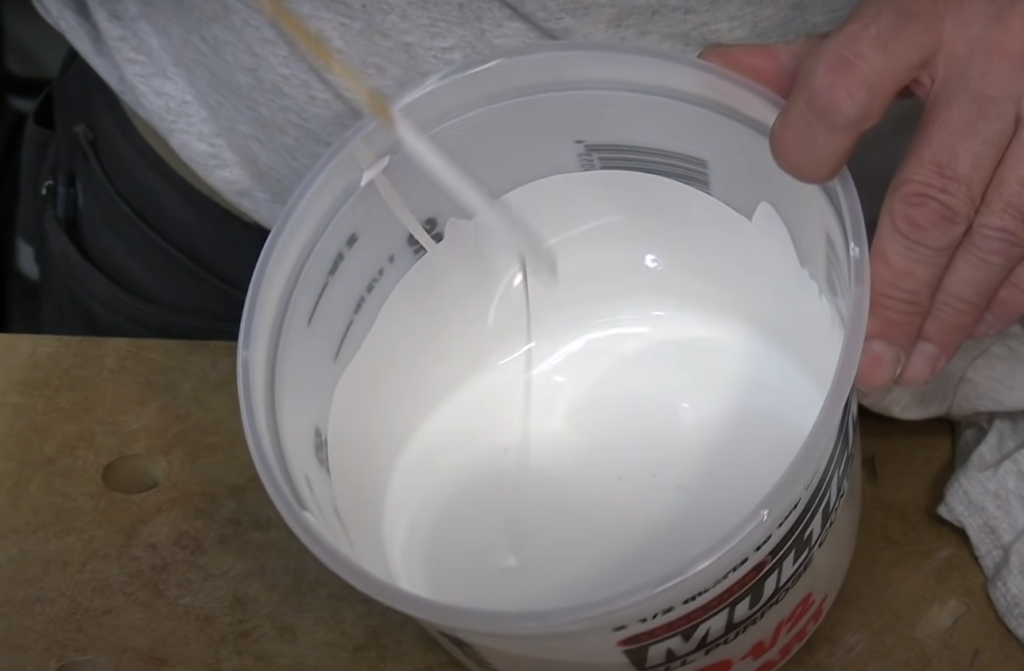
Therefore, if you wish to lighten the color significantly, it is advisable to purchase a lighter shade rather than diluting the paint excessively with water. Always remember to stir the paint thoroughly after adding water to ensure a uniform color.
Is it OK to water down latex paint?
Yes, it’s typically acceptable to water down latex paint, but only in moderation. Since latex paint is water-based, adding a small amount of water can help improve its consistency and flow, especially if the paint has thickened over time. However, it’s crucial not to add too much water, as it can dilute the paint too much, affecting its color, coverage, and adhesion properties. As a rule of thumb, you should not add more than a half pint of water per gallon of paint. Always stir thoroughly after adding water to ensure even consistency. Remember, if you’re struggling with thick paint or paint that isn’t applying smoothly, it may be more beneficial to use a paint conditioner or to purchase new paint.
Does latex paint get harder over time?
Yes, latex paint does get harder over time. After application, as the water in the paint begins to evaporate, the paint starts to dry and harden on the application surface. This is known as the curing process. During this process, which can take up to 30 days, the paint becomes increasingly hard and resilient. However, it’s important to note that while the paint may feel dry to the touch within hours, it is not fully hardened and can be easily damaged if not given ample time to cure. Furthermore, as the paint ages over the years, it can continue to harden, making it more difficult to remove or alter.
Can you paint over old latex paint?
Yes, you can paint over old latex paint, provided that it is in good condition, meaning that it is not peeling, chalking, blistering, or suffering from any other form of degradation. If the old paint is in good shape, you can simply clean the surface, lightly sand if necessary, and then apply your new coat of paint. However, if the old paint is damaged or peeling, it must be scraped off, and the surface must be thoroughly cleaned and prepped before repainting. In some cases, a primer may be necessary to ensure proper adhesion of the new coat and to prevent any discoloration from the old paint bleeding through. Always remember, the key to a successful paint job lies in proper preparation.
Useful Video: The Secret to Painting Furniture With Latex Paint | Behr Ultra
Conclusion
In conclusion, latex paint is a user-friendly option for both novice and professional painters. Its unique properties, such as water solubility, durability, and the ability to sand it for a smooth finish, make it a versatile choice for a wide range of painting projects. However, it’s crucial to understand and respect its characteristics, including the curing time, the effect of water dilution, and the right conditions for repainting over old latex paint.
References:
- https://housekeepingbay.com/how-to-sand-latex-paint
- https://www.diygeeks.com/how-to-sand-latex-paint/
- https://paintanalyzer.com/can-you-sand-latex-paint/#google_vignette
- https://paintingsdoctors.com/can-you-sand-latex-paint/
- https://paintcentric.com/should-you-sand-between-coats-of-paint/#google_vignette




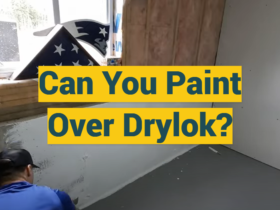





Leave a Review